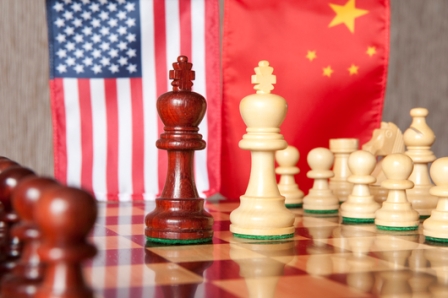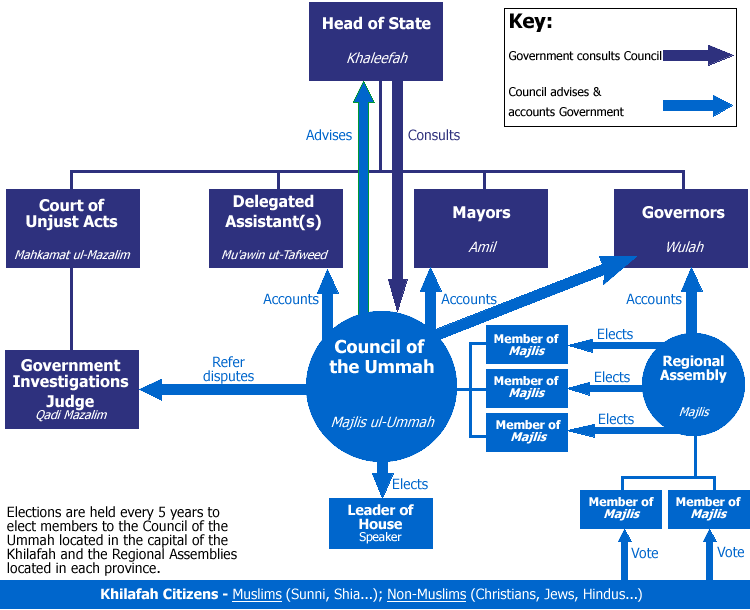Pakistan: A Key to Achieving US’s Foreign Policy Objectives in Central Asia and the Pacific

بسم الله الرحمن الرحيم
Pakistan:
A Key to Achieving US’s Foreign Policy Objectives in Central Asia and the Pacific
US Secretary of State, Hillary Clinton in her policy article in the November issue of Foreign Policy magazine said: “As the war in Iraq winds down and America begins to withdraw its forces from Afghanistan, the United States stands at a pivot point… In the next 10 years, we need to be smart and systematic about where we invest time and energy… One of the most important tasks of American statecraft over the next decade will therefore be to lock in a substantially increased investment — diplomatic, economic, strategic, and otherwise — in the Asia-Pacific region.” She further challenged China with statements such as “The time has come for the United States to make similar investments as a Pacific power.” This shift in focus from Afghanistan and Iraq towards China was clearly observed by every political analyst and Statesman across the globe.
It’s quite obvious that after physically clogging China’s western trade routes and energy corridors through huge military presence in Afghanistan, the US now prepares to bolster her presence around East and South of China. In this regard India and Japan, China’s traditional enemies, can play a crucial rule. America already has built a ring of military bases around China in the Pacific region with at least seven known military bases in South Korea, Japan, the Philippines, Thailand, Singapore, Guam, and now Australia. Now the US wants to further intimidate China by bolstering its neighbors. Obama had an important meeting with Indian Premier Manmohan Singh in Indonesia on the sidelines of the ASEAN summit and Hillary Clinton made an unexpected visit to Myanmar who has a longish boarder with China compared to its size.
The US sees Pak-India ties through the same prism of containing China. There has been an unusual push towards Pak-India normalization right after Hillary’s visit to Pakistan in October this year. Pakistani government out of nowhere granted India MFN (Most Favored Nation) status, something India has been demanding for years. This has been a major initiative from Pakistan given that Pakistan had been blaming Indian involvement in FATA and Baluchistan. Pakistan used this claim to motivate Pakistani soldiers to carry out brutal military operations in FATA, which displaced millions and killed thousands of Muslims. Furthermore, Pakistan has completely decoupled the Kashmir issue from Indo-Pak trade – an old Indian demand which Pakistan has been denying until now. Just in the span of few days, Indian wrestlers visited Pakistan and a Pakistani Kabadi team went to India. A Pak-India cricket series is also on the cards for early next year. All these styles of public diplomacy are geared towards normalizing the relationship between the two countries.
The question is how does Pak-India relationships impact America’s Asia-Pacific strategic objectives? For China the biggest competitor in the Eurasian land mass is India with whom she has fought a war and currently shares the longest disputed border of the world. The US wants to build India as an economic and military counterweight to China. With a hostile Pakistan, India cannot even think of threatening China. The US also knows that Kashmir issue cannot be resolved justly hence she wants to bury it and normalize the relationship so that Pakistan and India could work as a block to counter China. Hence, it is of utmost importance that India normalizes relationships with Pakistan allowing her to pull out troops from Kashmir and solely focus on China. The US has already forced Pakistan and the ISI to stop its operations within India granting India much needed political stability. At the same time the US is building India economically and militarily. Granting India civil nuclear capability and opening up US markets for Indian goods are few such examples. Moreover, the US is propping up India to assume a regional rule all the way to Afghanistan and Central Asia. This is why the US allowed India to gain foothold in Afghanistan by building a chain of consulates along Pak-Afghan border. US is also arm twisting Pakistan to grant Indian goods land access to Central Asia. Hence, Pakistan is a key to achieving a stronger and more China-centric India, a major US objective in achieving dominance in the Pacific region. The agents in the military and political leadership of Pakistan are playing completely according to the US strategic script instead of working to secure interests of Muslims of Pakistan and Kashmir.
Hence Pakistan has become a major pawn in the hands of the US through which the US plans to gain stability in Afghanistan to influence Central Asia as well as strengthening India to counter China. But unfortunately the current leadership doesn’t see the strategic strength of Pakistan and perpetually fans out disinformation that Pakistan is too weak to defend itself. They claim that Pakistan has no option but to be a lackey of the US. A sincere leadership under Islamic rule will exploit this strategic strength and not only expand the boundaries of the Khilafah to all the way to Central Asia but will also have the leverage to play politics with China, who would love to have Khilafah as an ally against the threatening Indo-US nexus.
Naveed Butt
The Official Spokesman of Hizb ut-Tahrir in Pakistan
26 Dhu al-Hijjah 1432
2011/11/22





